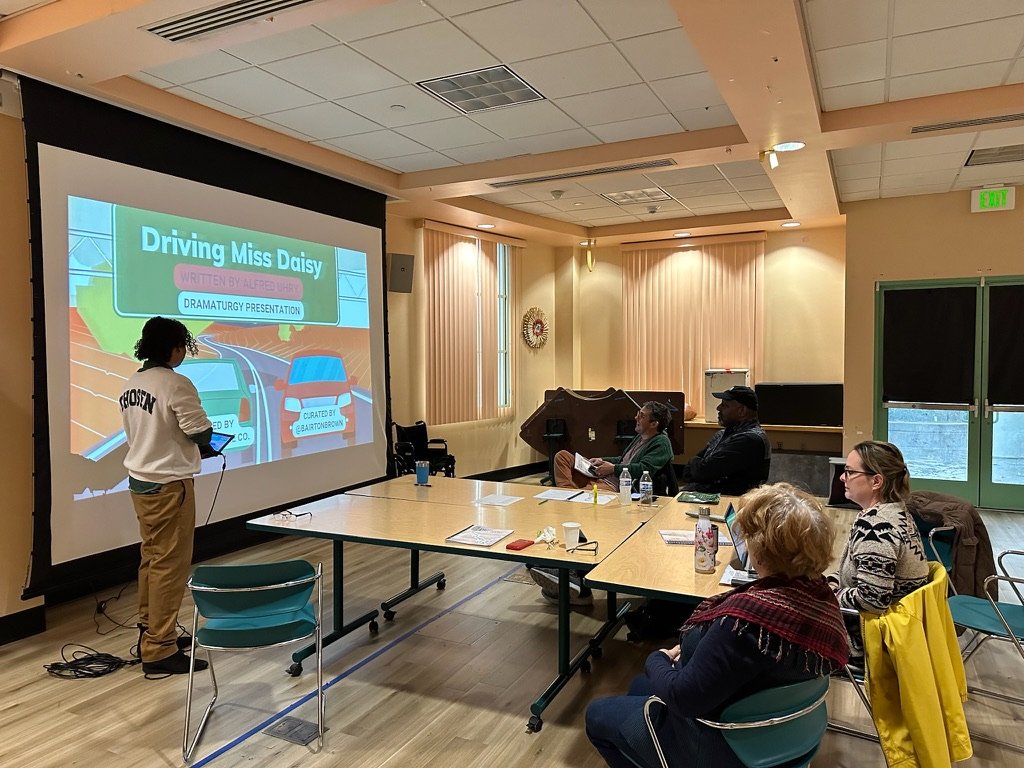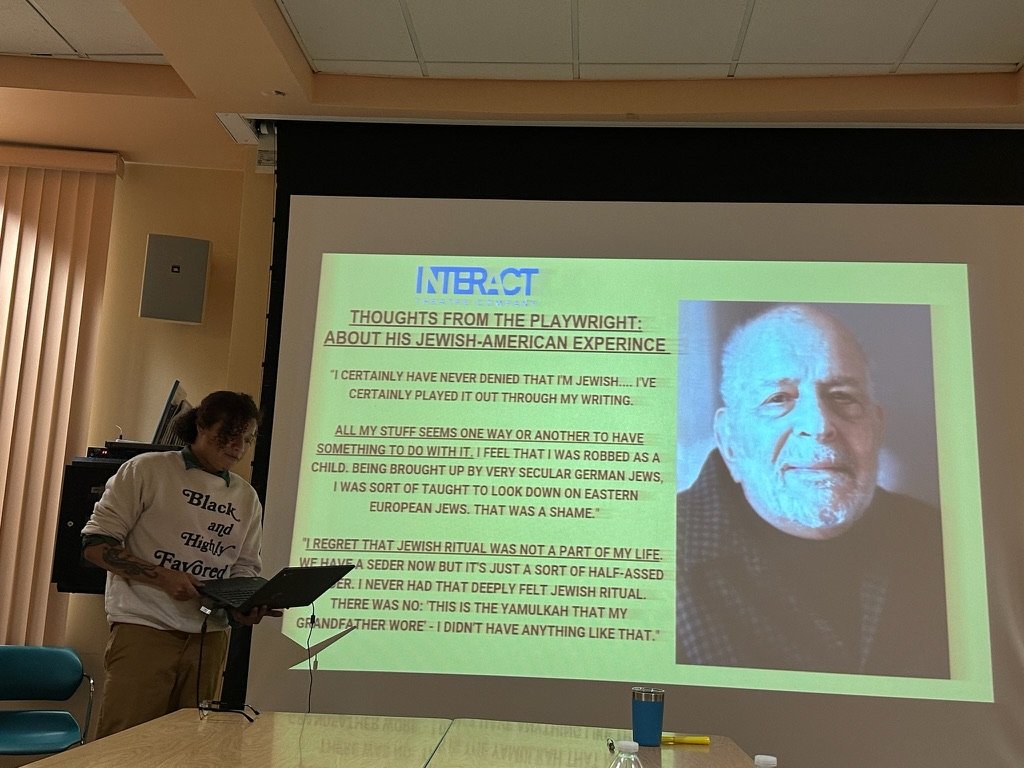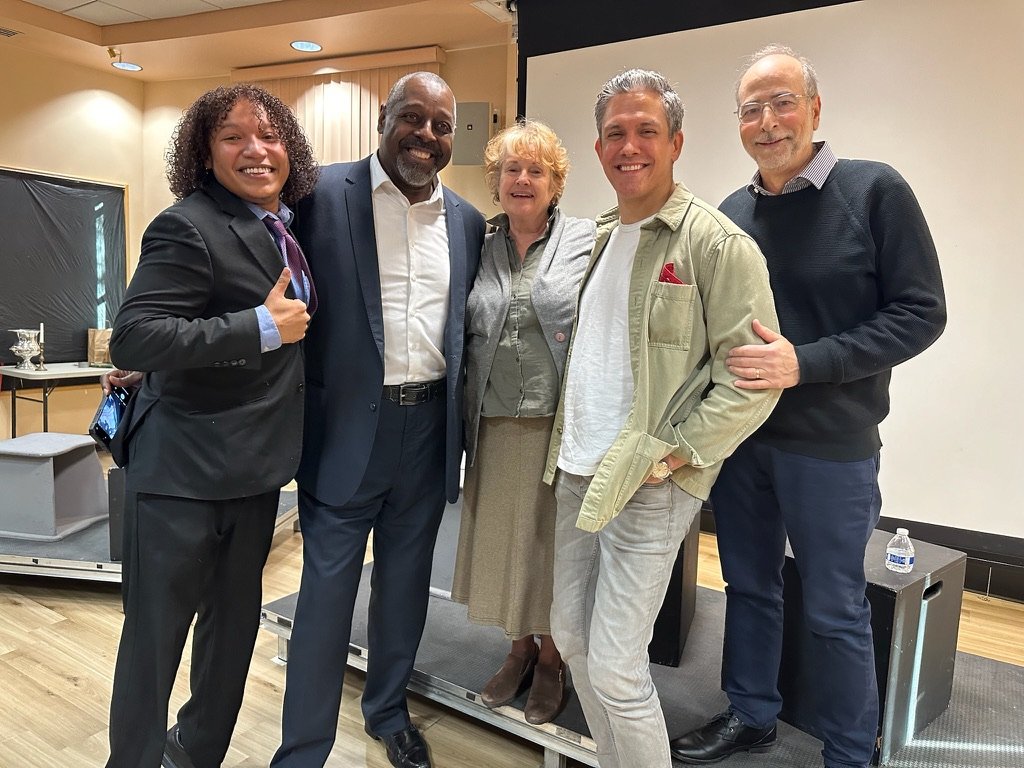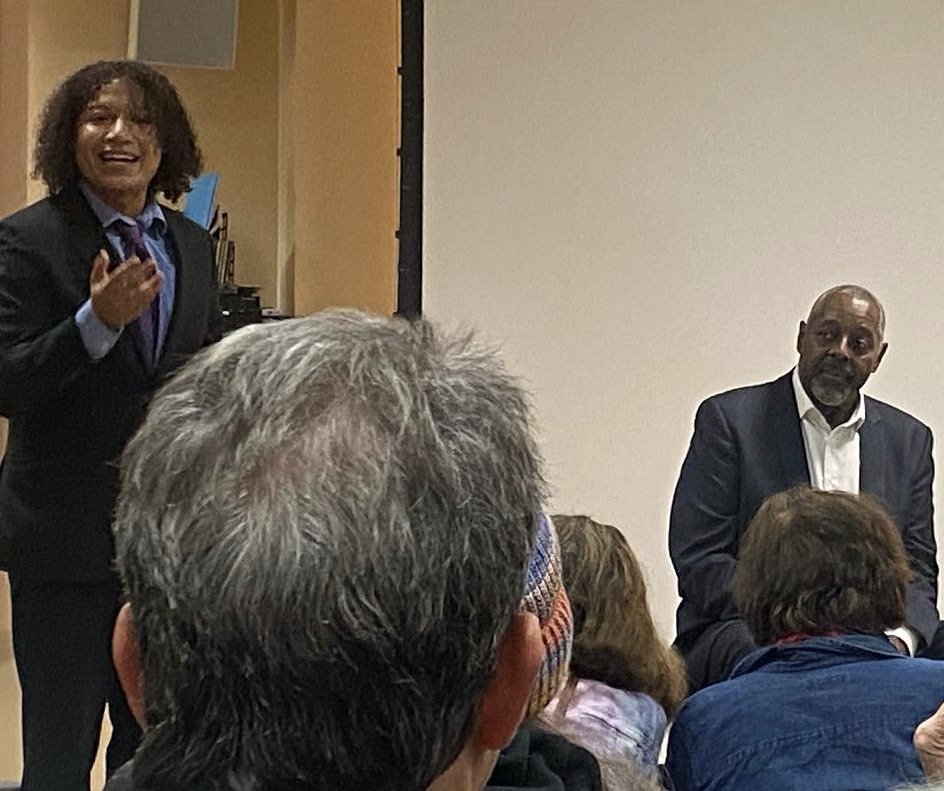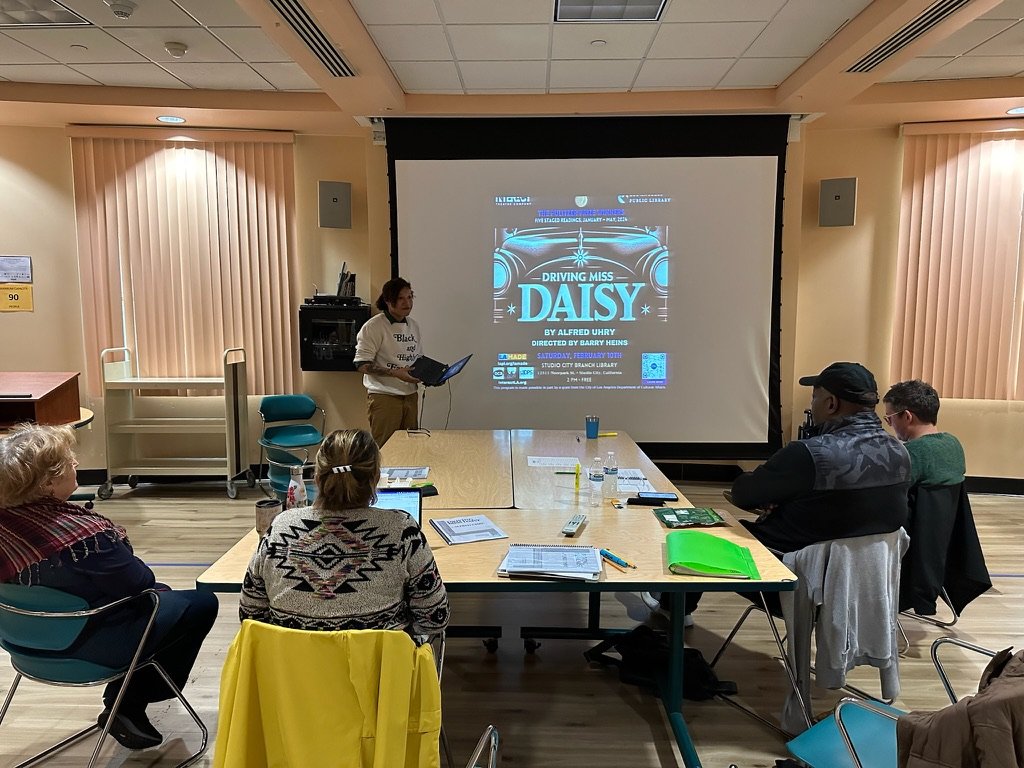
“It do[n’t] matter to them people. A Jew is a Jew to them folks. Yes like light or dark we all the same n*gger.” - Hoke Colburn, Driving Miss Daisy (Scene 13)
My paternal grandparents migrated from Mississippi to Illinois, where both my grandfather and father suffered greatly from racialized violence. Both my grandfathers passed before I was born, yet my work on stories set in the Civil Rights era has spiritually connected me with them.
DRIVING MISS DAISY thematically encapsulates a microscopic and macroscopic progression of cross-cultural solidarity between Black and Jewish people during the twentieth century. As the biracial child of a multiracial marriage, I physically and spiritually embody this progress.
Even in the animal kingdom, spontaneous symbiotic relationships emerge between mammals. These unexpected coincidences often emerge into haitial dynamics that mirror human friendships. As humans, the socioeconomic structures we’ve perpetuated divide us with an outdated politic of scarcity and competition, yet unexpeted alleyships still arise between us. For better or worse, the few friednships we encounter in our lives can last longer than most modern marriages - as they do for both Daisy and Hoke.
The cross-cultural, interracial friendship in Driving Miss Daisy survives the course of the entire Civil Rights Movement. Between Black Lives Matter, and violent antisemitism rising across the world, this play represents an increasinly relevant example of intersectional coalition-building, especially as we enter an election cycle that has weaponized the prospect of another civil war.
